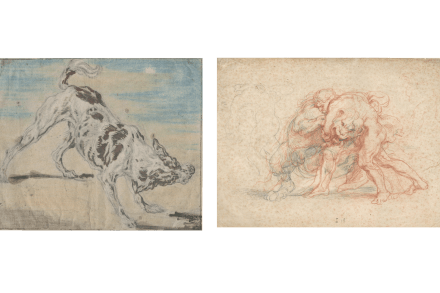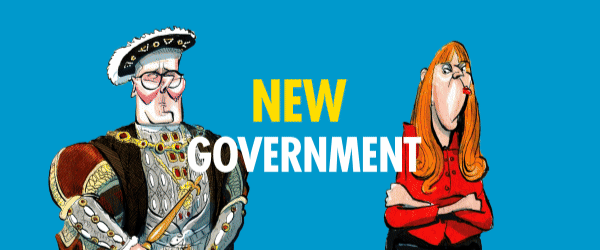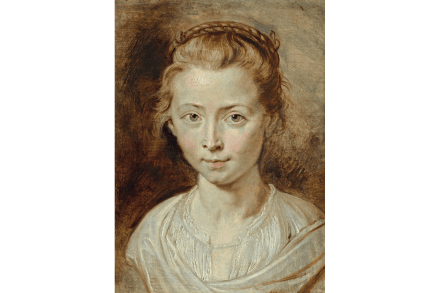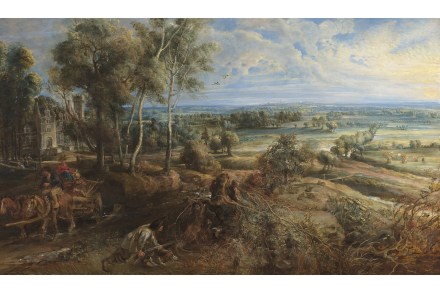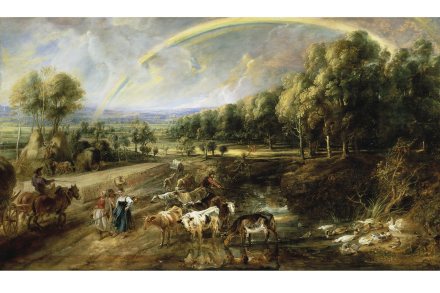How flabby our ideas of draughtsmanship have become
The term drawing is a broad umbrella, so in an exhibition of 120 works it helps to outline some distinctions. A good place to start is to ask what drawings are for, and that is what Oxford’s Ashmolean Museum has done with its current show of sketches by Flemish masters – staged in collaboration with Antwerp’s Museum Plantin-Moretus – dividing them into studies, designs and stand-alone finished works. Van Dyck’s teenage studies are a measure of how flabby our ideas of draughtsmanship have become If you’ve ever had the chance to visit it, you’ll know what a special place the Plantin-Moretus is. Still occupying the original premises in which it
